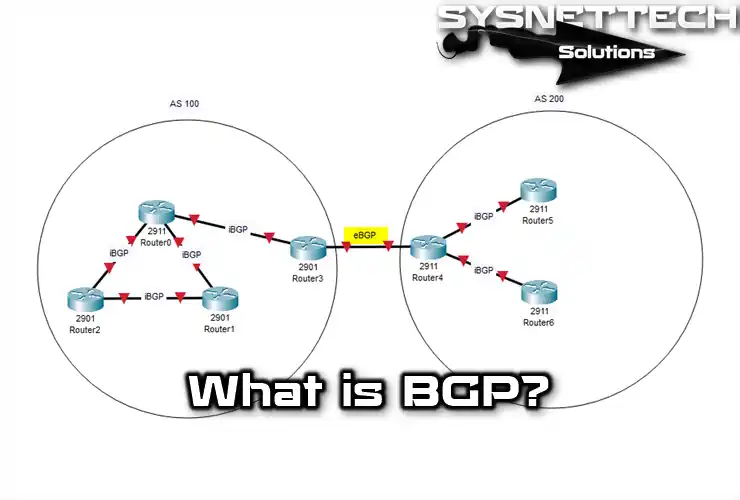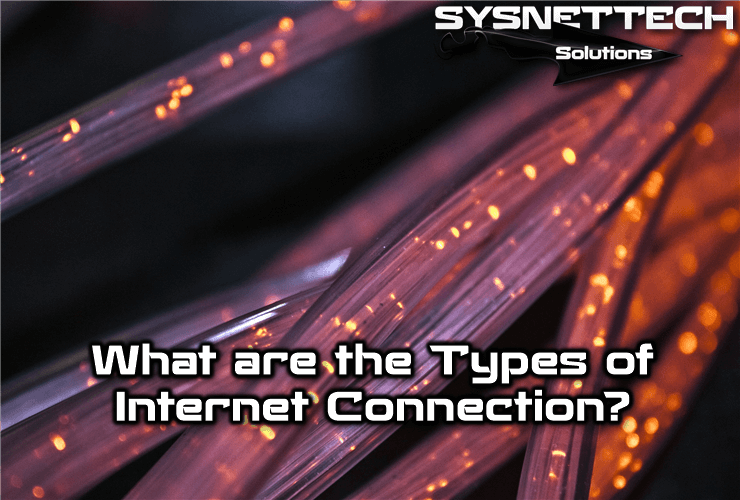A NIC (Network Interface Card) is a card that goes into a computer to connect it to a network. It allows the computer to share documents, printers, and internet access.

What is the Network Card in the Computer?
Adapters vary based on the network’s cabling and architecture. Ethernet with an RJ-45 connector is now the most generally used interface.
Every network card has a particular ID number called MAC address. This number is 48-bit and in hexadecimal format. The IEEE manages these ID hardware addresses.
Three octets in MAC addresses are OUIs, made by vendors and defined by the IEEE. The NIC is the part of the network card that connects the physical environment and equipment using Ethernet.
NIC connects devices using different types of cables or wireless connectivity. It connects devices like network cards, printers, or embedded systems.
Certain network cards possess a BOOT ROM, enabling the installation of an OS on a computer from a server on the network. It allows installation without a hard drive, CD/DVD, or flash memory.
Some motherboard manufacturers include the BOOT ROM feature in the BIOS. It enables the booting of computers over the network and accelerates the operating system‘s setup.
Development of NIC (Network Cards)
Network cards have had higher data transfers and more stable data traffic, with many developments from the past to the future. In the past, people utilized older network cards in older network topologies. Today, the most popular types of adapters are Ethernet and WiFi technology.
Network cards are typically used in home and business networks and are integrated into desktop or laptop motherboards. Still, cards for PCI or USB ports are available when an additional NIC is required. One could install a NIC in an ISA port instead of a PCI in older systems.
Token Ring
Network cards used in Token Ring topologies are out of use today due to their low speed and higher cost than Ethernet. People used DB-9 connectors and RJ-45 connectors for MAUs (Multiple Access Units) in this network structure.
Arcnet
Arcnet network cards used BNC and RJ-45 connectors. However, they are no longer used today due to their cost and disadvantages compared to Ethernet.
Ethernet
People widely used the Ethernet 10Base2 structure in the ’90s. Nowadays, 10Base2 is an outdated technology compared to 100BaseT. Today, manufacturers are developing adapters that can work with 100BaseT and 1000BaseT technology.
Ethernet network cards have different kinds of connectors for various types of networks. These connectors include RJ-45, BNC, AUI, MII, and GMII. The type of connector used depends on the network’s structure and speed. The NIC with RJ-45 connectors is the most popular network card. However, when transitioning from coaxial cable to twisted pair, people widely used cards with BNC and RJ-45 connectors.
NICs and motherboards now have many RJ45 ports due to gigabit network development. In particular, people widely use these cards on server computers.
Many organizations, companies, or home users currently use 1000 Mbps. They use GigabitEthernet and twisted pair cable. Still, there are also types of lines that operate at higher frequencies.
Ethernet technologies vary in transmission speeds, cable types, length, and topology. These factors determine their availability. Most distance refers to the full size between two knots. The physical form of the network depends on the topology type. T connectors indicate a bus network, whereas hubs or switches establish a star network topology.
WiFi
Wireless network cards, known as WiFi, come in various NICs compatible with different standards, such as 802.11a, 802.11b, 802.11g, and 802.11n.
Typically used before the newer standards were 802.11b. It transmits at 11 Mbps over 100 meters. Additionally, 802.11g transmits at 54 Mbps. The actual transfer rate of a WiFi card with 802.11b protocol is about 4Mbps, and 802.11g has a maximum of about 20Mbps.
Also, a WiFi NIC uses radio waves. It transmits information, and there is no need to use a network cable. Data transmission speed through radio frequencies varies based on the NIC type. Modern cards support speeds of 1000 Mbps/10000 Mbps.



